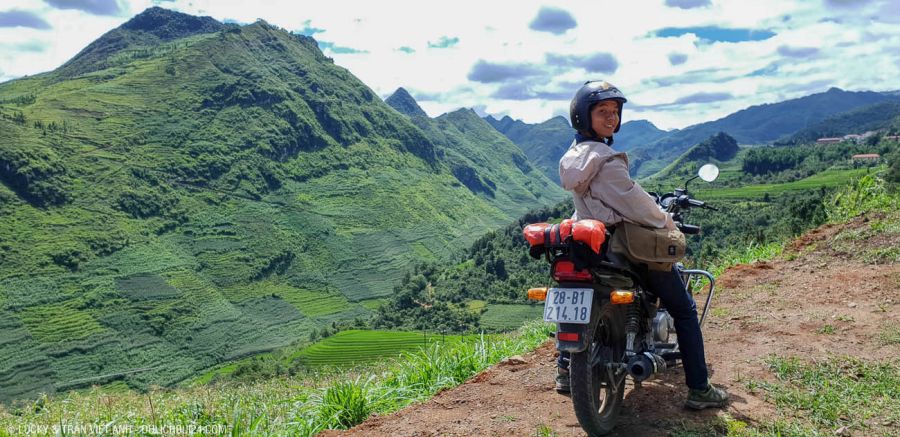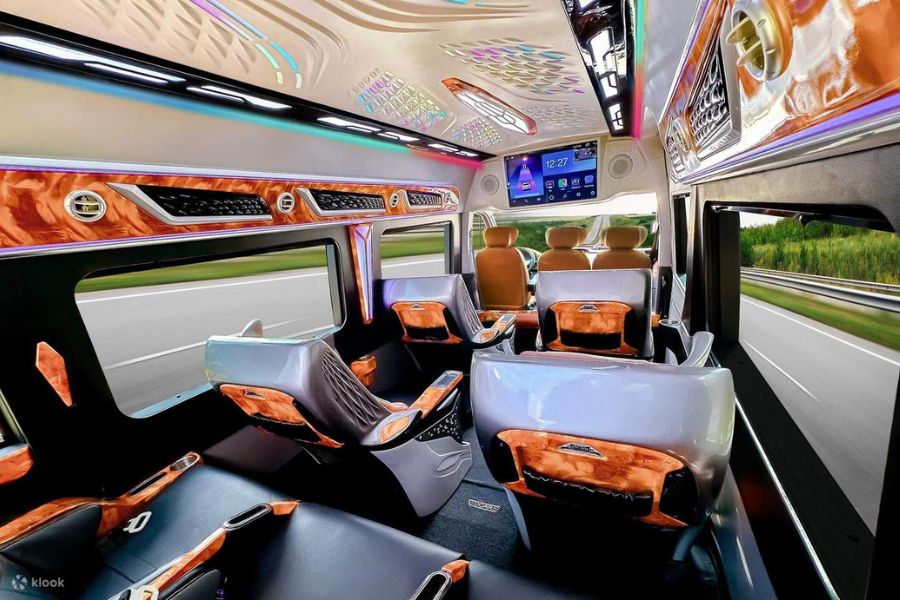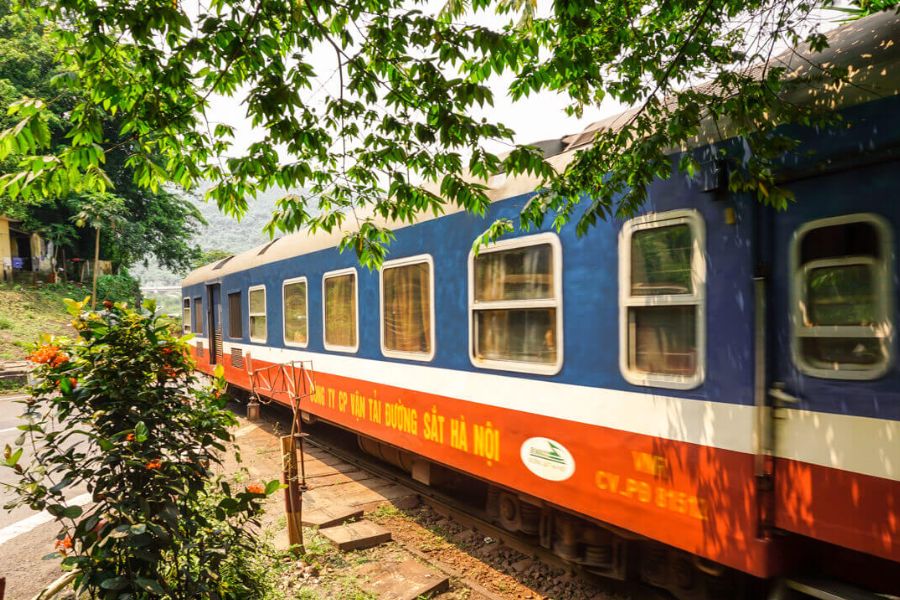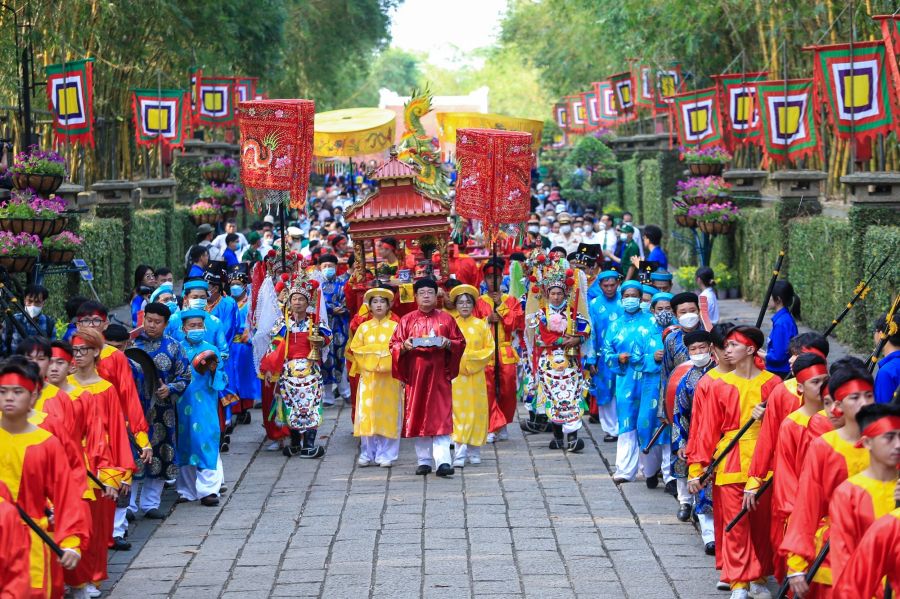Hanoi to Sapa: A Guide For Your Complete Journey
The Hanoi to Sapa journey is one of the most beautiful and thrilling journeys in North Vietnam. You can choose one among many means of transportation to reach Sapa. Follow to get a trip with both cultural and natural scenes.
Table of Contents
ToggleOverview of Hanoi To Sapa
The journey from Hanoi to Sapa is a top popular route in Vietnam. It connects the busy cosmopolitan of the capital city to the dramatic, mountainous scenery of the north. Visitors are attracted to this delightful juxtaposition, and this is the ideal place to see the glorious meeting of town convenience and unspoiled nature. Hanoi offers a historical vibe, mouthwatering street food, and typical Vietnamese architecture, while Sapa offers visitors stunning terraced rice fields, spots of ethnic minority villages, and lets visitors breathe in fresh, cool mountain air.

It is such a favourite route of Vietnamese and foreign visitors to see the multiple beauties of the Vietnamese terrain on a trip. The vibrant chaos of Hanoi and the tranquil beauty of Sapa make for a memorable trip, and a great opportunity to see the huge diversity of Vietnam in a relatively short space of time.
How Far Is It From Hanoi To Sapa?
The Hanoi to Sapa distance is about 315 kilometers if you’re starting from downtown Hanoi. The most common and shortest route involves a substantial stretch of the new Noi Bai – Lao Cai Expressway. This freeway has provided significantly faster transportation times compared with older, more curvy routes.
The travel time for this trip normally takes from 5 to 9 hours (depending on transport type, number of stops, and weather or traffic situation). And it’s no short haul, but the landscapes you see on your drive out, transforming from sprawling city scene to rolling fields to jagged peaks. It’s all part of the adventure.

How to Travel From Hanoi To Sapa?
Each option of transport varies in costs, comfort, convenience, travel time, and so on. The most common choices are buses, private vehicles, and sleeper trains. By knowing the good and the bad, and the approximate costs, you will be able to make the best decision for your travel tastes and budget.
By Motorbike
For adventurers who have a ton of experience, riding a motorbike from Hanoi to Sapa can be exciting, but it is more of a personal experience. The safest and quickest means to get there is by using the Noi Bai – Lao Cai expressway. Although motorcycles are generally prohibited on the expressway, there are parallel service roads or existing older National Highways that run parallel to the expressway (such as QL70 and QL279), and serve as access. Then you descend on the very winding QL4D to Sapa city.
This journey could take 8 – 10 hours of riding time (excluding rest and meals, and seeing the sites). If you take the less direct scenic routes (e.g., via Yen Bai or Nghia Lo before reaching Lao Cai), it could take 12 to 14 hours or more and involve an overnight stop.

The price of renting is as follows:
| What to rent | Price |
| Semi-automatic bike | 150,000 – 200,000 VN/per day |
| Powerful manual or touring bike | 250,000 – 500,000 VND/per day |
| Fuel | 200,000 – 300,000 VND |
The best benefit of this method is freedom. You’re free to pull off whenever you want, take the road less traveled, and breathe in fresh air and mountain views. However, there are risks. The roads are risky when bad weather shows up, especially when there’s rain or fog.
Safety tips:
- Always put on a high-quality full-face helmet, and remember to properly fasten it.
- Make sure your motorbike is checked out and in good running condition (brakes, tires, lights, horns, motors) before you begin.
- Always carry your IDP. Driving without one can result in a fine and might negate your travel insurance in the event of an accident.
- Avoid driving at night: Visibility is minimal, and hazards are harder to recognize.
- Rest and rehydrate often, particularly on hot days.
By Bus Or Minivan
A Hanoi to Sapa bus or minivan is undoubtedly one of the most popular, easiest, and cheapest ways to travel. With the expressway, buses have also become very efficient.
Several good bus lines operate daily buses from Hanoi to Sapa. Some of the more reputable companies are Sapa Express, Inter Bus Lines, Green Bus, Hung Thanh, and Fansipan Express. Buses run throughout the day and night. Specifically, day buses will typically depart at either 6:30 AM or 7:00 AM, while sleeper bus Hanoi to Sapa will leave at approximately 10:00 PM and arrive in Sapa early in the morning.

The prices vary depending on your type of bus:
| Types of buses | Price |
| Luxury sleeper bus | 400,000 – 500,000 VND |
| Standard bus | 150,000 – 200,000 VND |
| Sleeper bus | 250,000 – 350,000 VND |
There’s free Wi-Fi, USB chargers, bottled water, and even a blanket on most buses. The journey takes about 5.5 – 6.5 hours. These buses usually offer hotel pick-up from Hanoi’s Old Quarter, which is very handy for tourists.
One drawback is that during weekends and holidays, the buses may be crowded. Some companies allow for lots of luggage; others are more stringent. Be sure to check the luggage policy before booking.
By Private Car
Travelers who value their privacy, comfort, and flexibility can opt for private cars from Hanoi to Sapa. Ideal option for families with young children, elderly travelers, or groups of friends who wish to have hassle-free processing. Driving time is about 5.5 to 6 hours.

The price of a private car from Hanoi to Sapa depends very much on the type of car (sedan, SUV, 7-seater, 16-seater van, etc) you hire and the supplier whose service you use.
| Types of cars | Prices |
| 4-seater Sedan | 2,500,000 VND – 3,500,000 VND |
| 7-seater SUV/MPV | 2,800,000 VND – 4,000,000 VND |
| 16-seater Van (for larger groups) | 3,500,000 VND – 5,000,000 VND |
Travelling by a private car is the easiest, door-to-door service. You’ll be collected from your hotel in Hanoi and delivered to your hotel in Sapa. You also have nicer air-conditioning, a quiet space, and comfort. Moreover, unlike using a bus or a train, private cars allow you to decide when to leave and make detours. Participants can get to see Sapa flowers and Tam Dao, Thac Bac Waterfall, and have a local meal on the way.
The downside is that it is more expensive than taking a bus or train. But if you are in a group, the cost per person is affordable.
Sleeper Train
If you like slow travel and are looking for a cool, nostalgic experience, then the sleeper train from Hanoi to Sapa could be ideal. There is no direct Hanoi to Sapa train, but you can go to Lao Cai, then you have to take a local bus, minivan, or taxi the remaining 30 – 40 kilometers (about 1 hour) up the windy mountain road to Sapa.
Most of the trains leave at night, around 9:30-10:00 PM, and will reach Lao Cai between 5:30 – 6:00 AM. You can sleep through the journey and wake up in the mountains.

There are several train options. Refer to this table for details:
| Types of seats | Prices | Notes |
| Hard seat | 250,000 – 300,000 VND | The cheapest, most basic sleeping option, with three bunks on each side |
| Soft sleeper (4-berth cabin) | 600,000 – 900,000 VND | It’s more comfortable, with two bunks on both sides, and with a bigger space than a hard sleeper |
| Luxury cabins | 900,000 – 1,200,000 VND | They’re only available on some day trains |
These sleeper trains come with fresh linen, air-conditioning, reading lights, and bottled water. Some of the high-end cabins have private toilets and snacks. The only drawback is the additional transfer time from Lao Cai to Sapa. And the train’s a little more costly than the bus options, too. But for many travellers, this is a charming and restful alternative.
Tips For Traveling From Hanoi To Sapa
No matter you’re taking the train from Hanoi to Sapa, or you’re interested in a bus or private car, there are a few key pointers that can make your journey more efficient, save you money, and cut out some hassle.
Time to leave
You should leave early in the morning to spend the full time in Sapa. If you have to take a night bus or train, you can get there in the early morning and begin your adventures right away.
Book ticket
You should book your bus or train tickets at least 2-3 days in advance of your trip, particularly during the high tourist seasons.
Safety when riding
Always check the weather and wear the right type of gear.

Proposed travel plan
If you have a few more days to spare, try to combine your Sapa trip with a Ha Giang tour to further explore the north of Vietnam. There are some beautiful areas to see and interesting cultures in both of these. It takes 5-6 hours by road from Sapa to Ha Giang.
Pack wisely
Sapa can get quite chilly, colder than Hanoi, especially at night or during winter (December – February). Take a light jacket or sweater, even in summer. Water- and slip-resistant footwear, as well as raincoats, are also useful in the rainy season.
Travel insurance
If you’re riding a motorcycle or driving, have travel insurance that covers medical treatment and accidents. Traffic in Vietnam can also be unpredictable and erratic, especially in the mountainous regions.
Water and snacks
Bring a reusable water bottle and drink plenty of water throughout your travel. You’re also never far from a few stops dotted here and there, where many bus companies offer the purchase of snacks and drinks.
Recommended Stops Along the Way
Although all direct bus and private car rides will keep the journey to a minimum with just a small coffee and biscuits stop, if you are self-driving your private car, or even a motorbike, not only can you set your own pace, but you can also drive to some interesting stops. These stops can add depth to your trip and give you an inside glance at the Vietnamese countryside.
Hung Kings Temple (Phu Tho)
Situated near Viet Tri city, this is a complex of very beautiful temples located on a hill, and is associated with the legendary founders of the nation. It’s a sprawling complex of temples, pagodas, and mausoleums on the Nghia Linh Mountain. It is a bit of a diversion, but it gives a sense of Vietnam’s ancient roots.

Thanh Son Tea Hill (Yen Bai)
The province is infamous for its immense, undulating, smooth mountains that are completely covered with lush green tea plantations, particularly in the beautiful Thanh Son district. A stop at a tea farm can be a refreshing detour and an opportunity to learn about tea growing. The landscape is frequently beautiful, particularly in the misty early mornings.
Bac Ha Local Market (Lao Cai)
If you happen to be there on a Sunday and are willing to go a little bit out of your way (it’s a 2.5 -3 hour drive from Lao Cai city), Bac Ha market is a must-see. It’s one of the region’s biggest and most genuine ethnic minority markets, with different tribal groups such as the Flower H’Mong, Dao, Tay, and Phu La coming together to barter, meet, and eat.
Lao Cai Border Gate
You could see the busy border gate with Hekou, China. It’s an interesting perspective on cross-border trade and activity, but you can’t cross without a visa for China.
Final Thoughts
Traveling from Hanoi to Sapa can be both charming, adventurous, and sightseeing. There are different means of transportation, such as motorbike, bus, train, and private car, so you can select vehicles according to your time, budget, and preference. If you are planning your memorable trip to Hanoi-Sapa, let SeniWorld help! We provide transport, custom tours, and all services that you need for an easy and enjoyable Northern Vietnam adventure.











